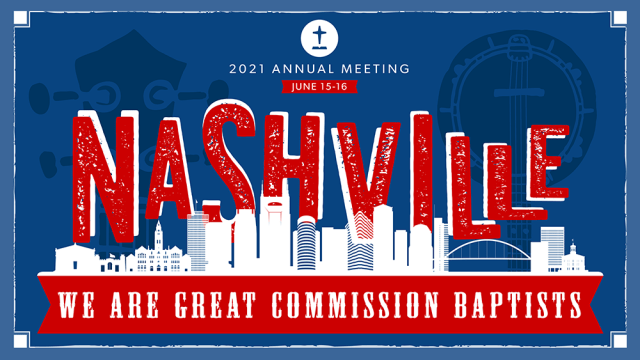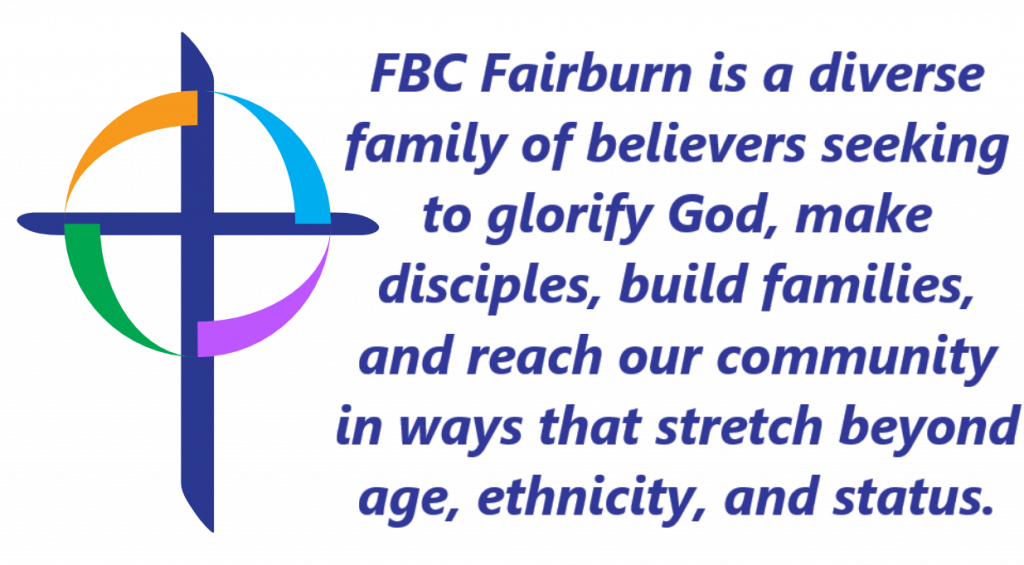
Throughout the eighteenth century, Baptist churches began to spread all across the northeastern United States. From Thomas Dungan establishing Pennsylvania’s first Baptist congregation to Thomas Griffith spreading the Baptist way into Delaware, several key leaders in our nation were impacted by the presence of Baptist churches and pastors. Much of this movement was governed by a strict adherence to Calvinistic or Reformed theology, as evidenced by the 1742 Philadelphia Confession of Faith. This confession was monumental, as it was the first structured statement of faith produced by Baptists in America and was the first coordinated effort of a lasting Baptist Association. The Philadelphia Baptist Association started with 5 congregations in 1707 and has maintained a strong legacy in the area.
It was clear as our nation was being founded that Baptist churches were helping lead in the cause for the revolution. As the nation was growing, Baptist churches began to grow as well. Partially due to the ease of setting up a Baptist church as no formal council or presbytery was necessary to begin a Baptist work and partially due to the continuing commitment to evangelism, Baptists were spreading through the colonies. Notably, Charleston’s first Baptist church was organized in the early 1680s and still remains open today. The Sandy Creek revivals in North Carolina in the 1720s also created the revivalist tradition that many of us have been steeped in for generations.
All of these developments led to a strong movement across our nation that held religious liberty as one of its core convictions. This also fueled missions and a strident commitment to the Great Commission. The Boston Female Society formed in October 1800 to distribute Bibles and raise support for mission endeavors in America and India. Many of these women committed to an annual contribution of $1 to the work of missions. In 1812 and 1813, two important groups began in the South. In South Carolina, the Wadmalaw and Edisto Female Mite Society formed to begin mission work along the Catawba River Basin. In Virginia, 1813 brought the first regional foreign mission focus with the establishment of the Virginia Baptist Foreign Mission Society, who sought to pray for missions, revival, and church renewal.
As new missions ventures were being founded by Baptists, Adoniram and Ann Judson were thrust into the spotlight with their colleague, Luther Rice. This trio was commissioned to begin mission work in Burma, sponsored by American Baptists. Their work led to the first Baptist denomination within the new nation, called the “Triennial Convention”. This voluntary gathering of Baptists was to meet every three years by the sending of elected delegates from individual churches and associations. Their charge was to grow and support missionary societies and to annually contribute $100 to the missionary fund.[1] Baptists in the south were firmly entrenched in this new denomination as the first president of the convention was Richard Furman, pastor of Charleston’s First Baptist Church.

At the state level, Baptists in the south were leading the way for how to associate with one another and accomplish more together. In North Carolina, an assembly of seven local associations laid the groundwork for state conventions in 1812. These willful alliances sought to “extend religious acquaintance, to encourage the preaching of the gospel, and to diffuse useful knowledge.”[2] This footprint became the basis for the first state Baptist convention in 1821 among Baptists in South Carolina. Not surprising due to his leadership in the Triennial Convention, but Charleston’s Richard Furman was the first president of this new state convention. Virginia and Alabama Baptists followed with state conventions in 1823, New York in 1826 (combining two missionary societies from the state), Georgia in 1827, and North Carolina in 1830.[3]
Controversies would emerge as the states became entangled in debates and politics. This will be covered next week. But, I want to take a moment to highlight the focus of these state conventions and the first national denomination: missions! We look at the Great Commission as Baptists today and we understand the command of Jesus to proclaim the Gospel everywhere we go. But, we must also realize the steps that our Baptist forefathers in America took to keep the Great Commission central. I will be upfront with you about so major concerns among our early Baptist fathers in the South. I will also be vocal about the value that women have played in keeping missions at the forefront of our mission and endeavor as Baptists.
With the 2021 theme for the annual meeting focusing on our identity as Great Commission Baptists, I am calling on our church to review and renew our commitment to the Gospel. We must be vocal about the salvation that Jesus offers in Fairburn. We must be active in mission throughout our state and our nation. We must continue to support international missionaries and missions around the world. It is not enough just to put a few extra dollars in the plate for the Lottie Moon Christmas Offering if it is not tied to a heart bent on seeing the nations reached. It is not enough to celebrate that our church is comprised of 16 nations if our affections are not for seeing the Great Commission fulfilled in our city and our world. May we embrace a view of our lives as missionaries with what Adoniram Judson called a “disinterested benevolence.” This is an odd phrase, but simply means that we would lose ourselves in the divine call to “Go therefore and make disciples of all the nations, baptizing them in the name of the Father and the Son and the Holy Spirit, teaching them to observe all that I commanded you” (Matthew 28.19-20).

[1] Bill Leonard, Baptist Ways: A History (Valley Forge, PA: Judson Press, 2003) 166.
[2] Walter B. Shurden, The Baptist Drive for Denominational Unity: Associational Activities Before 1814, in Quarterly Review, vol. 40 Oct-Dec 1979, p50.
[3] Bill Leonard, 170-171.
